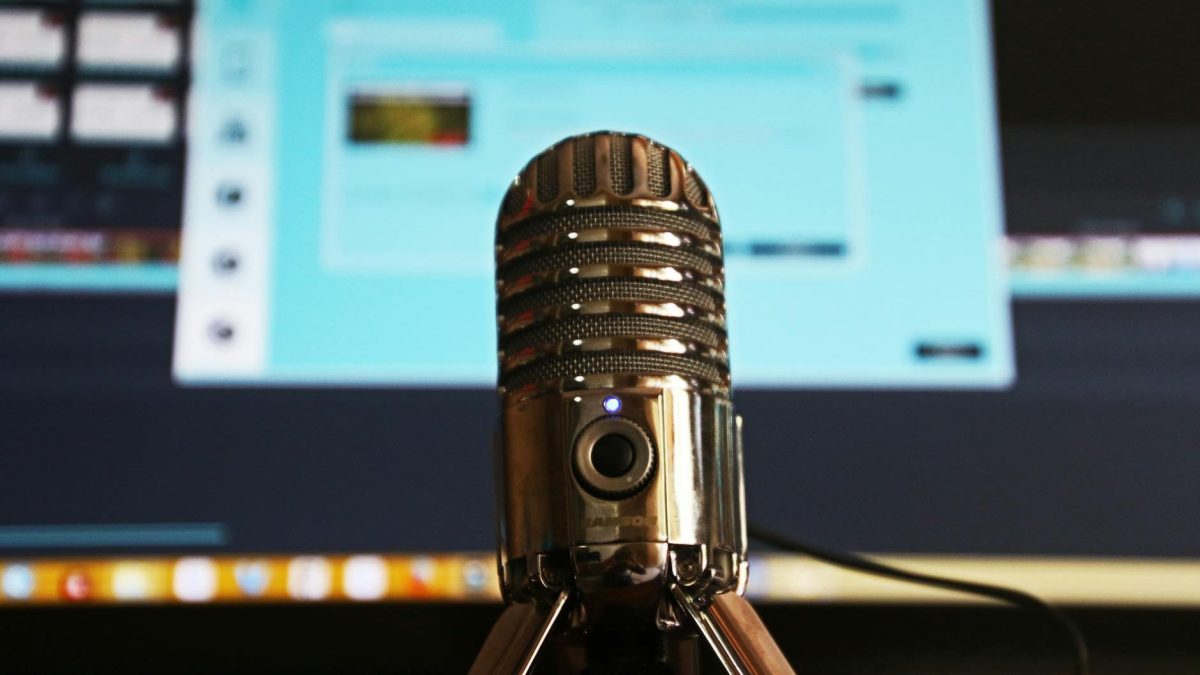In this article we review, in a decalogue, the necessary steps to make a podcast from scratch and we recommend some Artificial Intelligence tools that can help you in the process. Shall we start?
The first steps
The first step is to define strategic aspects. This is an important task in which AI has little to contribute because the value is generated by you, as the content creator.
In this phase, we analyse the first five points of our decalogue, the definition of which you should not neglect, as it will help you to make progress and avoid moments of stagnation.
- Choose a topic. It will always be easier to deal with topics that interest you or that you are familiar with: history, current affairs, science, technology… Plan what topics you want to deal with and why, give your content a meaning, an objective. This objective will help you to move forward and not get stuck.
- Think about your target audience. Is it something very specialised with complicated terminology, is it generalist, is it aimed at very young listeners, is it aimed at very young listeners, is it aimed at very young listeners?
- Structure the episodes. Make sure that the episodes maintain the same structure: opening bumper, music, presentation, one or more sections, farewell, closing bumper… And also that the duration is similar. This will help you to build audience loyalty.
- Plan. Think about planning the first episodes, that is to say, how often you want to publish them because that date is the one that will determine the previous work of scriptwriting, recording and production.
- Decide where to publish and how to make it dynamic. Probably the ultimate goal of the work you do is to make it known and to have as many listeners as possible. Therefore, you should consider where to publish it: your own blog or a podcasting platform such as iVoox, Spotify, Podbean, Podomatic… And, in addition to the platform, consider how to promote it on social networks.
So far we have seen the more strategic decisions that make your podcast stand out from the rest. Now let’s move on to more material issues.
